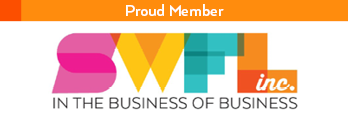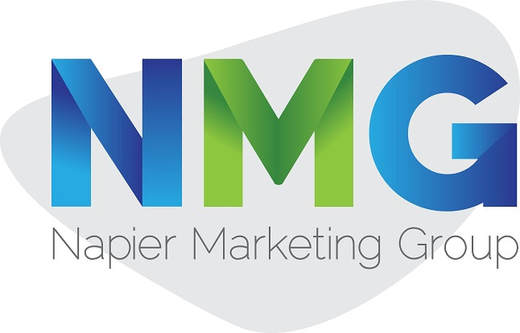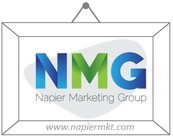Organic Vs. Paid Social Media: Which is the Better Strategy?
Social media marketing has changed in recent years. In the past, it was about engagement and creating a personal experience online. Now, it is a crucial tool for businesses that want to achieve various goals and objectives. The two main approaches to social media marketing are organic and paid. They have similarities and differences as well as pros and cons you should know about when choosing an approach.
What is Organic Social?This is any social media activity a business does not pay for. It involves posting free content, including photos, posts, and videos, and does not include any advertising. It relies heavily on engagement and the organic growth of a business's social media and online presence.
To be successful with organic social, businesses must create high-quality, highly-targeted content that resonates with their audience, caters to the wants and needs, and solves a problem or provides a solution.
What is Paid Social Media?Paid social media is a marketing strategy that uses paid advertising to reach an audience. These ads appear on the target users’ feeds as display ads or sponsored posts. Paid social media allows you to target your ads to specific interests, behaviors' and demographics, providing a lot more precision to reach the right people.
Advantages of Organic Social MediaThe biggest advantage of organic social media is that it does not require a huge financial outlay. Businesses can post content as they would on their personal profiles and reach a decent audience. However, they may choose to invest in digital marketing agencies to expand their reach through additional organic efforts like improved content and engagement strategies.
Organic social media also provides more opportunities to engage directly with customers and audiences. Businesses can reply to messages and comments directly, building a loyal following and community around the brand.
Lastly, it provides an excellent opportunity to showcase the business’s personality and authenticity. Businesses can do this by sharing user-generated content, behind-the-scenes videos, and content that shows its culture.
The Benefits of Paid Social MediaPaid social media allows you to target people who do not follow or know about your brand. It helps you reach new followers and grow your brand visibility quickly. It also allows you to target specific people to ensure your efforts have better results. By ensuring only the right people see your content, you can ensure higher engagement rates and returns on investment.
Businesses also get accurate metrics and analytics tools. They can use them to track their efforts and tweak areas where they need to make improvements.
Downsides of Organic and Paid Social MediaWith organic social media, it can take some time to grow a following, and you have limited reach in the beginning. Also, social media algorithms change all the time, so you have to keep up with them.
Although it leads to better results faster, paid social media can be expensive. Its benefits can also last for only a short time, requiring you to invest more to keep seeing good results.
Organic and paid social media are both useful for businesses that want to reach customers on social media. Each one has pros and cons that are usually opposite, so businesses should use both in a hybrid approach to benefit from both while reducing their downsides.
What is Organic Social?This is any social media activity a business does not pay for. It involves posting free content, including photos, posts, and videos, and does not include any advertising. It relies heavily on engagement and the organic growth of a business's social media and online presence.
To be successful with organic social, businesses must create high-quality, highly-targeted content that resonates with their audience, caters to the wants and needs, and solves a problem or provides a solution.
What is Paid Social Media?Paid social media is a marketing strategy that uses paid advertising to reach an audience. These ads appear on the target users’ feeds as display ads or sponsored posts. Paid social media allows you to target your ads to specific interests, behaviors' and demographics, providing a lot more precision to reach the right people.
Advantages of Organic Social MediaThe biggest advantage of organic social media is that it does not require a huge financial outlay. Businesses can post content as they would on their personal profiles and reach a decent audience. However, they may choose to invest in digital marketing agencies to expand their reach through additional organic efforts like improved content and engagement strategies.
Organic social media also provides more opportunities to engage directly with customers and audiences. Businesses can reply to messages and comments directly, building a loyal following and community around the brand.
Lastly, it provides an excellent opportunity to showcase the business’s personality and authenticity. Businesses can do this by sharing user-generated content, behind-the-scenes videos, and content that shows its culture.
The Benefits of Paid Social MediaPaid social media allows you to target people who do not follow or know about your brand. It helps you reach new followers and grow your brand visibility quickly. It also allows you to target specific people to ensure your efforts have better results. By ensuring only the right people see your content, you can ensure higher engagement rates and returns on investment.
Businesses also get accurate metrics and analytics tools. They can use them to track their efforts and tweak areas where they need to make improvements.
Downsides of Organic and Paid Social MediaWith organic social media, it can take some time to grow a following, and you have limited reach in the beginning. Also, social media algorithms change all the time, so you have to keep up with them.
Although it leads to better results faster, paid social media can be expensive. Its benefits can also last for only a short time, requiring you to invest more to keep seeing good results.
Organic and paid social media are both useful for businesses that want to reach customers on social media. Each one has pros and cons that are usually opposite, so businesses should use both in a hybrid approach to benefit from both while reducing their downsides.



